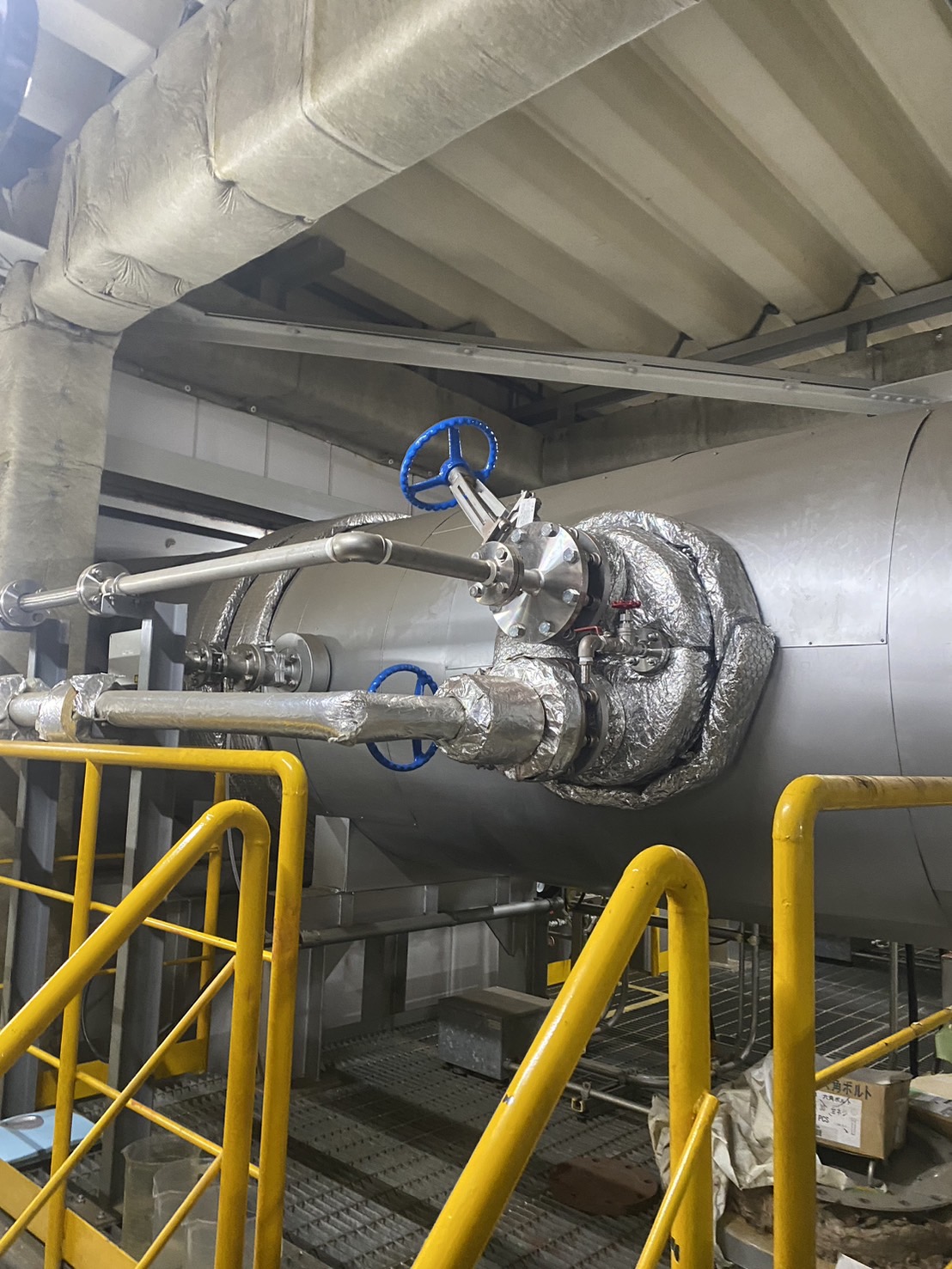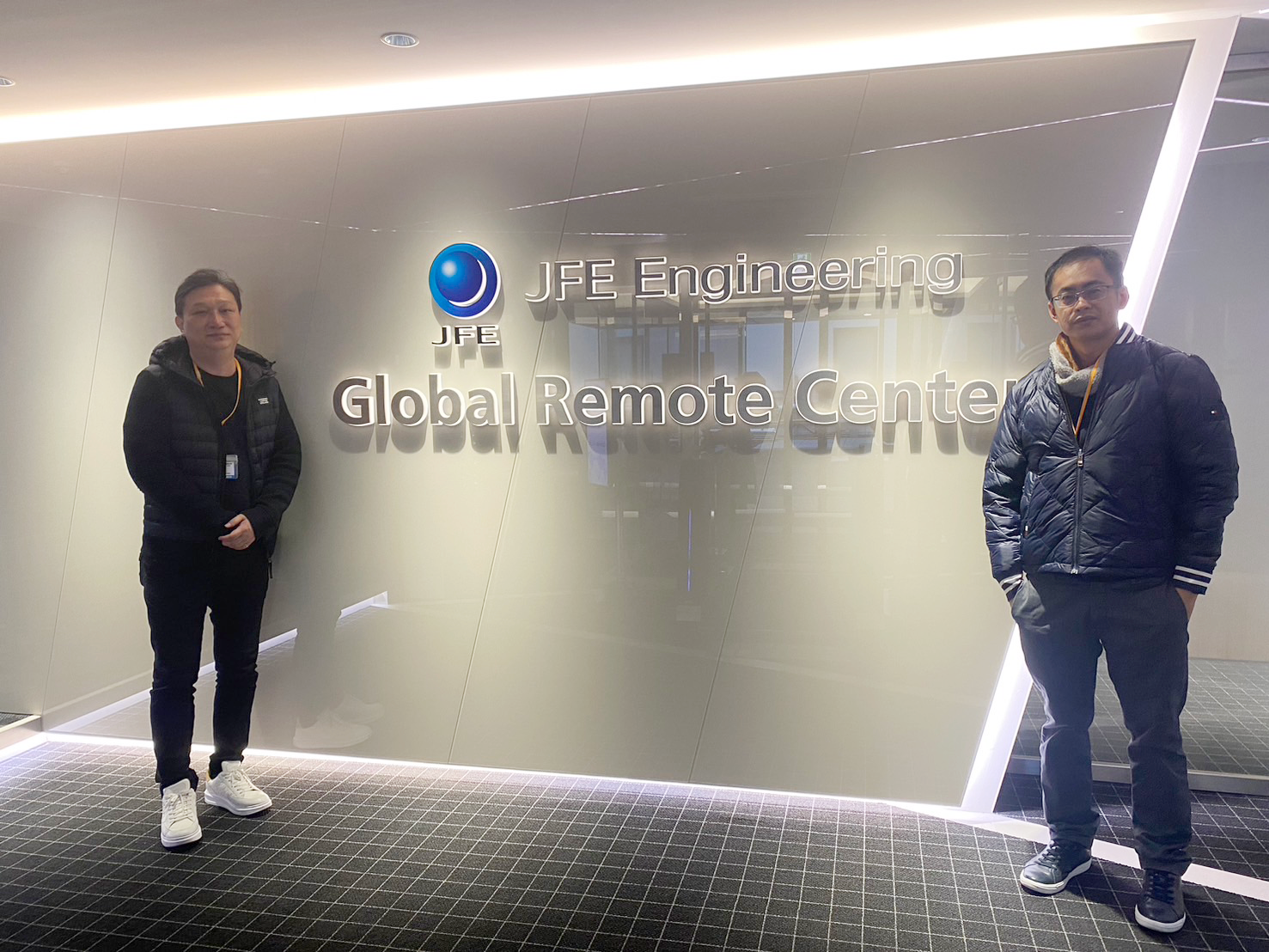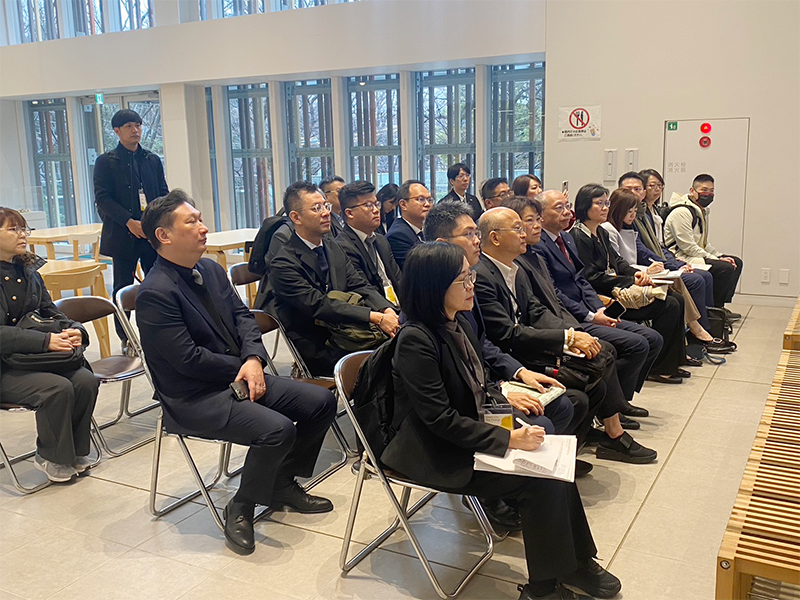Chiayi City Incineration Plant (scale of 300 tons per day, hereinafter referred to as the Chiayi Plant) has been in operation for over 25 years since 1998. Due to the low design heating value (1,350 kcal/kg) and changes in waste characteristics, the actual processing capacity is only 200 tons per day. As a result, some of the waste still needs to be resolved through regional cooperation. In order to implement the policy of converting waste to energy and establish self-sufficiency, it is planned to carry out new construction and demolition in a BOT (build-operate-transfer) model after the contract expires on December 31, 2024. On March 1, 2024, the contract for the construction and operation transfer of the "Chiayi City Green Energy Sustainable Recycling Center" was signed with the best applicant. The new plant is expected to be operational in 2028, ensuring seamless integration of facilities to ensure proper waste treatment.
Under this project, the Department is executing the "Commissioned Technical Services for Operation, Management, and Supervision of Chiayi City Green Energy Sustainable Recycling Center", which includes assistance in formulating plans for observing or visiting new waste treatment technologies at domestic and foreign locations. This visit is led by Mayor Huang Min-hui, with a delegation from the city government, including units such as the Environmental Protection Bureau, Construction Department, Urban Development Department, Public Works Department, and Cultural Bureau, visiting incineration plant renewal projects in Tokyo, Japan. This includes the Musashino Clean Center in Musashino City, Tokyo (adopting a "build first, demolish later" approach; similar to the operating method of Chiayi Plant when the contract expires on December 31, 2024) and the Meguro Cleaning Plant in Meguro City, Tokyo (adopting a "demolish first, build later" approach). In addition, in response to the goal of achieving net-zero emissions by 2050 and in line with the central government's active promotion of smart and digital waste treatment policies, this visit also includes observing the application of Carbon Capture and Utilization (CCU) technology and the operation of incineration plants using smart remote monitoring systems. This serves as a reference for future implementation of central or local incineration plant (or waste treatment facility) projects that aim to reduce (or lower) carbon emissions and integrate intelligent digital management.









